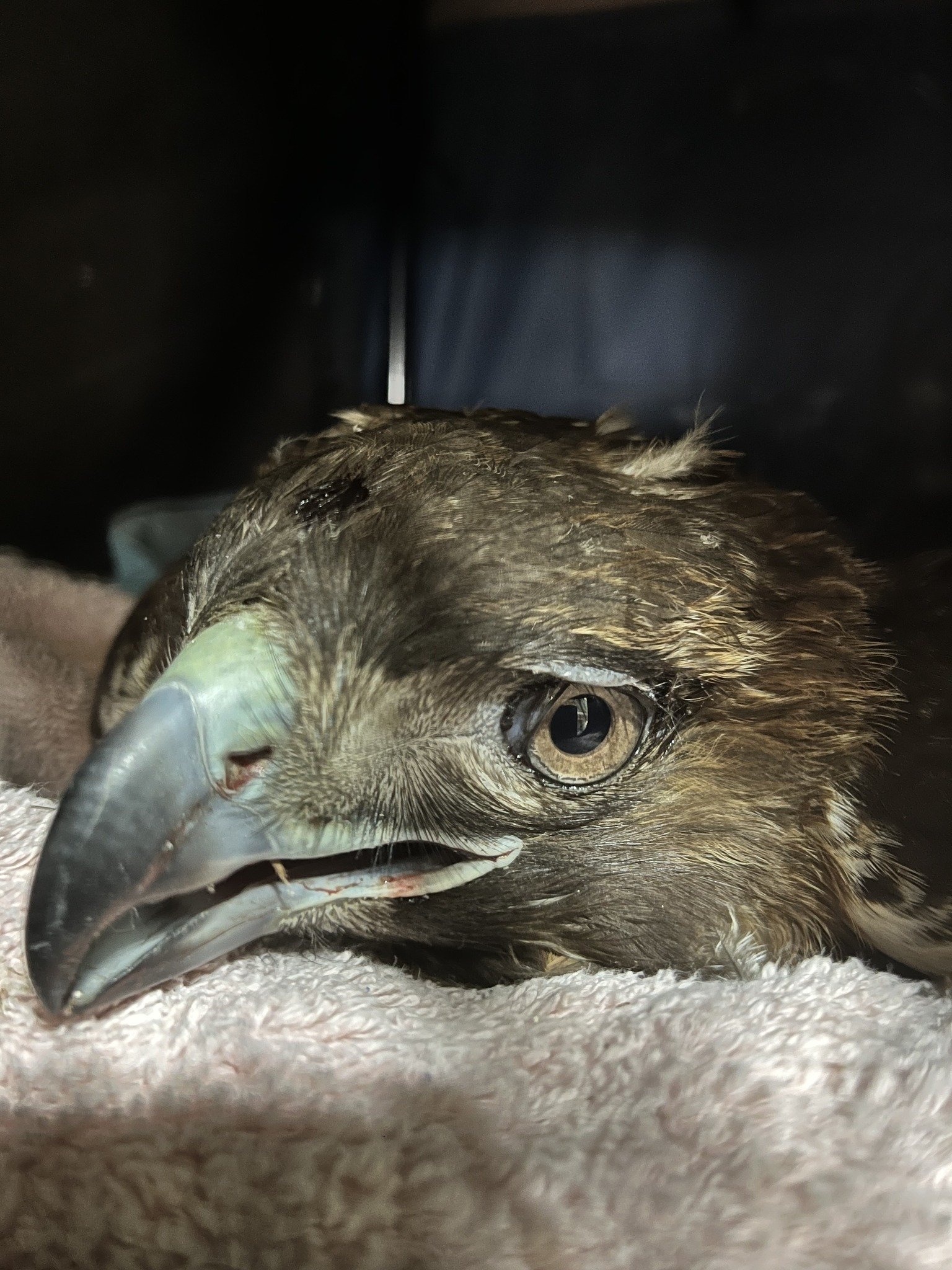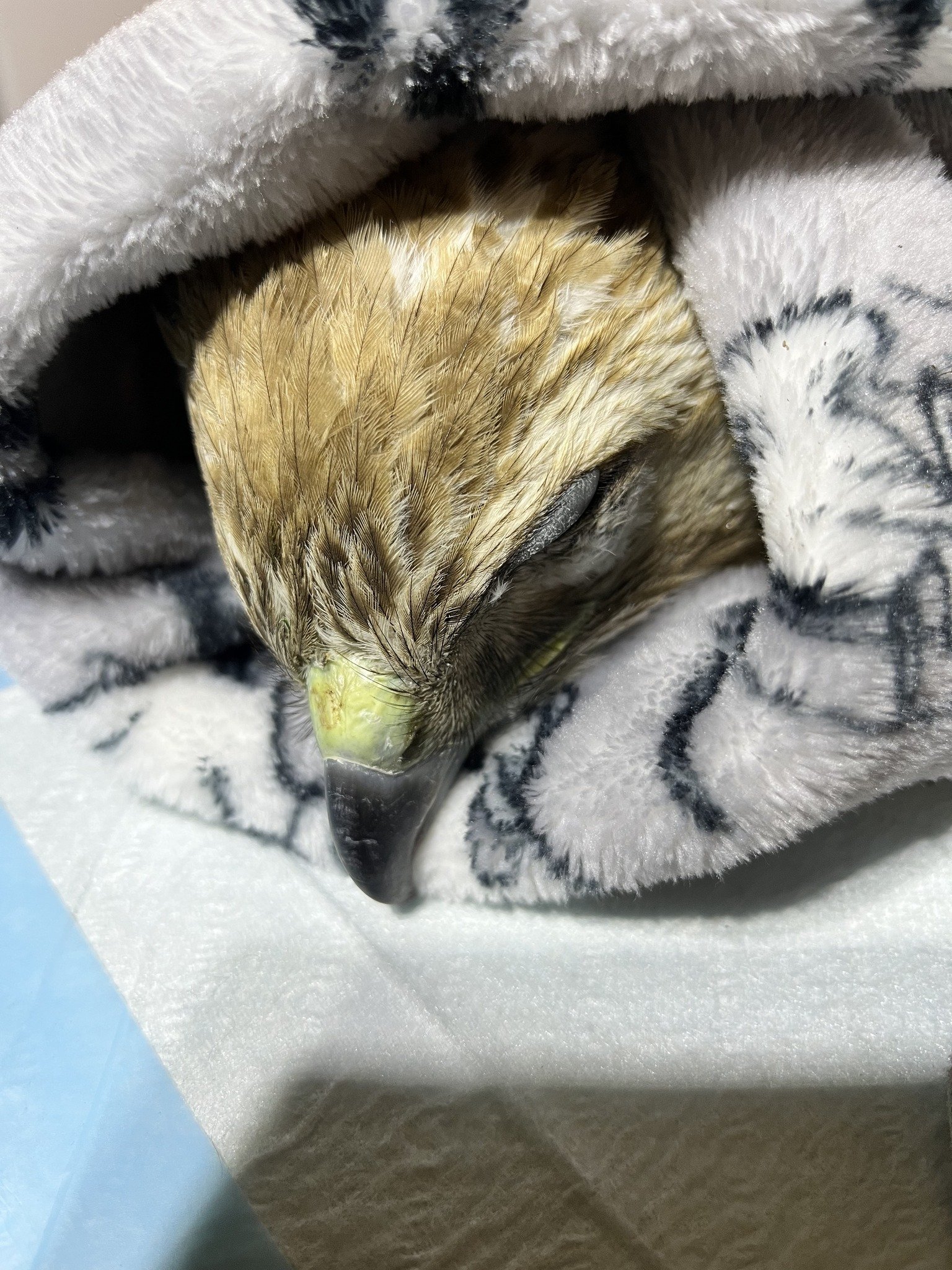Postponed until Tuesday, December 12.
〰️
Postponed until Tuesday, December 12. 〰️
Are anticoagulant rat poisons the new DDT?
Birds of prey are a diverse group of birds that includes eagles, hawks, falcons, and owls. They play a crucial role in maintaining the balance of ecosystems by controlling populations of rodents and other small mammals.
Rodenticides, on the other hand, are chemical substances used to control rodent populations. These substances are designed to kill or control rodents such as rats and mice. However, the use of rodenticides can have unintended consequences for raptors and other wildlife.
Raptors can be indirectly affected by rodenticides when they consume rodents that have ingested these chemicals. This is known as secondary poisoning. The toxic compounds present in rodenticides can accumulate in the bodies of rodents, making them harmful or even lethal to raptors that prey on them.
The impact of rodenticides on raptors can be severe, leading to reduced breeding success, impaired immune systems, and even death. Bird rehabilitators like A Place Called Hope have seen increased numbers of poisoned hawks and owls with most dying horrible deaths.
Join Christine Cummings, Director of A Place Called Hope, as she explains the far-reaching, and often devastating, effects that rodenticides are having on our wildlife and discusses the safe alternative options available. This presentation will explore what anticoagulant rodenticides are, how they are applied, and the consequences of relying on poisons for the management of nuisance rodents. Learn how to recognize secondary poisoning and what is necessary to proceed with treatment. The presentation will also explore the importance of studies to support the efforts to have these products banned in Connecticut and what each of us can do to promote a Bill that would Act to Prohibit the Use and Sale of Second-Generation Anticoagulants statewide.
Photos: A Place Called Hope







